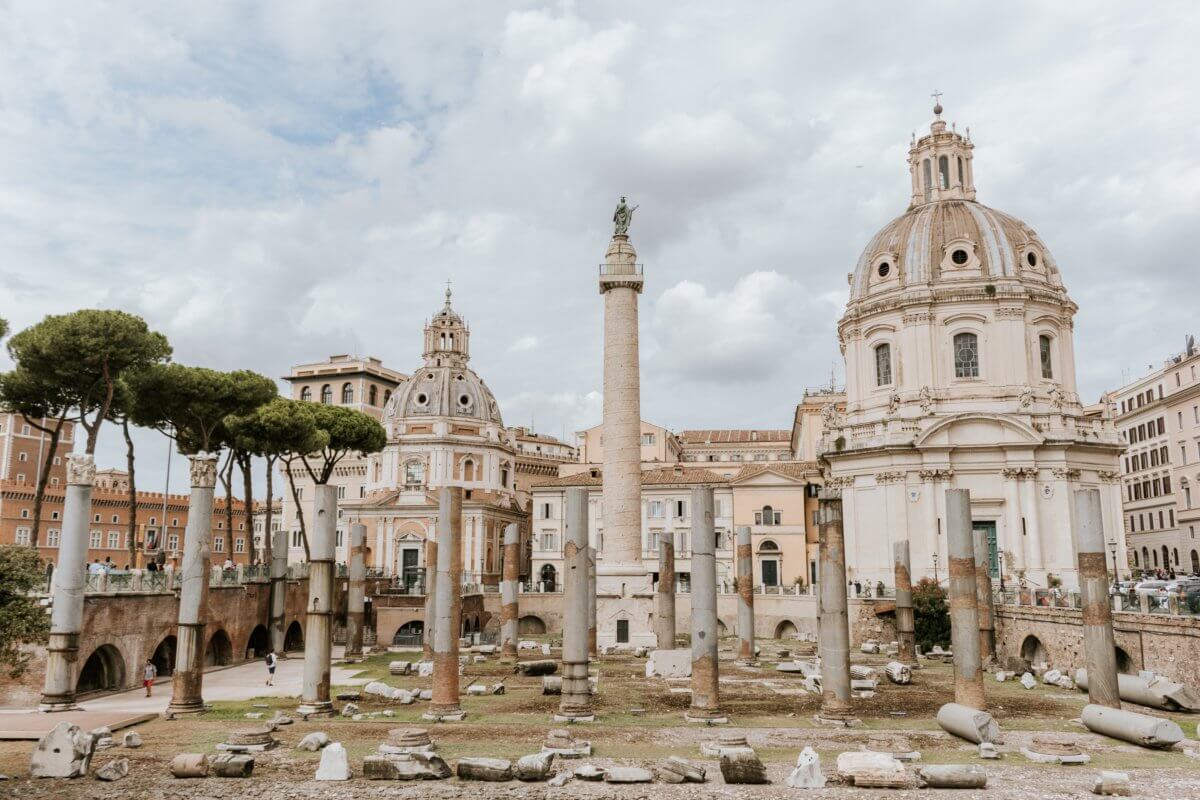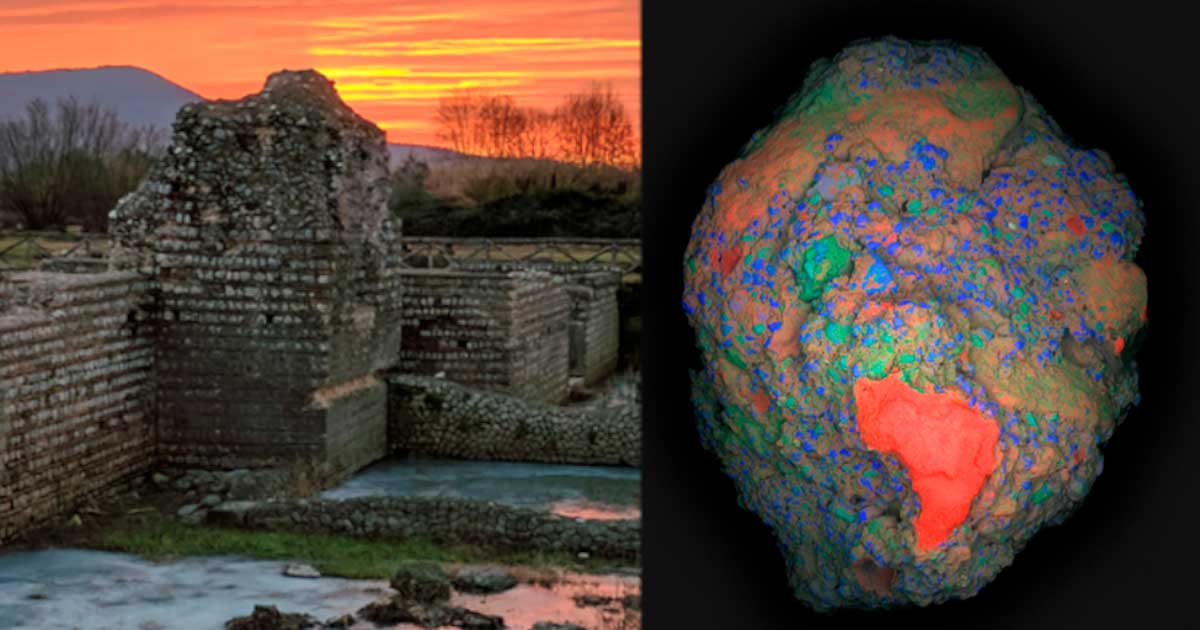
Materials scientists have been working with archaeologists and historians for many years, attempting to unlock the fascinating secrets of Roman Empire concrete-making technologies and techniques, which allowed the Romans to construct some of the most enduring monuments the world has ever seen. In a new study published in Science Advances , researchers from the Massachusetts Institute of Technology and Harvard University, assisted by experts from laboratories in Germany and Switzerland, have disclosed what they believe is the key fact that explains why Roman concrete was of such high quality.
The Legacy of Roman Architecture

Among their greatest accomplishments, the ancient Romans perfected the art of building on a grand scale . Their architects and engineers constructed a complex and extensive network of roads, aqueducts, bridges, ports, stadiums and public buildings that have largely survived to the present day.

Roman concrete formulas are a mesmerizing topic from an historical standpoint, but from a practical perspective what the Romans knew could conceivably help improve concrete-making methodologies even today.

Searching for answers, researchers have invested much time and energy studying Roman concrete structures , closely analyzing samples in an attempt to identify their most essential ingredients. The team of scientists responsible for the latest findings includes MIT professor of civil and environmental engineering Admir Masic and former MIT doctoral student Linda Seymour, who were both involved in a landmark 2021 study of the 2,053-year-old Roman tomb of a noblewoman named Caecilia Metella, which has remained largely undamaged despite the immense passage of time.
source:www.ancient-origins.net








